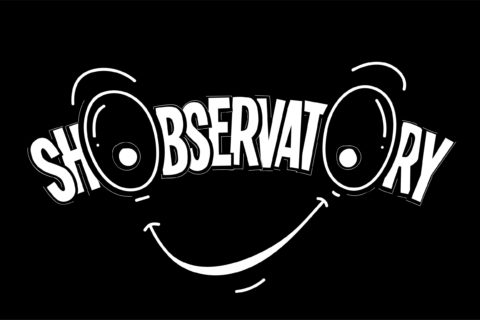As insights professionals, we have a bias towards thinking the truth matters. We spend time, effort and money on finding out what is true and discounting what isn’t.
The problem with true though, is that true is messy.
Take mapping consumer journeys as an example. True decision-making and behaviour zig-zags, defies rationality and takes unexpected detours. A journey map that tries to faithfully represent all of those idiosyncrasies would be uselessly complicated. But if we simplify too much, lose touch with what is true and find ourselves telling just-so stories.
So how do we strike that balance?
A key insight from behavioural science is that people, especially groups of people, might not always be rational, but they can behave consistently — predictably irrational behaviour as Behavioural Economics writer Dan Ariely calls it.
A good model for this is the idea of ‘desire paths’.
If you’ve ever been for a walk in a park, you will have seen desire paths. They are the tracks across the grass marked out by people all taking the same short cut where no paved route has been provided. They represent people finding their own solution in an environment not (yet) sympathetic to their needs.
As these great examples from 99% Invisible show, these paths often make a lot of sense – they provide a common solution to a common problem.
Consumer desire paths
Mapping consumer journeys is a little like investigating desire paths. Our job is to uncover the desire paths that are being consistently trodden by users. What are the coping mechanisms and work-arounds that are coming up time and again? And how can brands and businesses help their consumers meet those consistent needs that are not being properly addressed in the current user experience. The ratio of signal to noise might be low but there is a signal.
Here are three tips for picking out the signal in the noise in the context of consumer journeys:
- Don’t start with a blank page
Start with a simple framework that hypothesises key decision points for your category – we use one which looks at first category entry, consideration purchase and use. Use this when kicking off the project to consider where your biggest challenges and opportunities are, and deep-dive there in research and analysis . - Design research programmes that combine passive and active
Observe and ask to build a full understanding of consumer journeys. Simply watching how people navigate decisions (in-store, online, or wherever is relevant) can be a powerful starting point for discussion. Without observation you can be stuck in rote answers and typical cases, and miss the frustrations and compromises that consumers mental edit around. But relying purely on observation can be hugely inefficient without also allowing consumers to commentate on what was really happening. - Be ruthless in analysis
With a well-scoped project, a clear understanding of objectives and an appreciation of the outputs and audience, you can do the hard work of simplifying and classifying messy human behaviour in a purposeful way. Generalising is unavoidable, but recognising which details are worth keeping can only be done if you understand how the outputs will be used, by whom and for what.
And when it comes to defining actions at the end of projects, the natural inclination is to ‘solve’ these problems and build something new that is ‘better’ than the desire path solution. But the very best consumer experiences often do something slightly different – instead of providing a ‘better’ alternative, they simply pave the desire path.
The classic example of this is Twitter. Hashtags and @ replies are features that developed amongst users informally long before the platform officially incorporated them. Rather than provide a ‘new and improved’ alternative, Twitter simply chose to pave those desire paths and incorporate them into the experience.
For brands operating across multiple marketing touchpoints, the application of this thinking can often simply amount to cutting away the activity which is misplaced or poorly chosen in the light of a proper understanding of the consumer journey.
Working for a baby formula brand recently, we built a consumer journey model that followed parents from pregnancy through the first 12 months of their child’s life. Working together at the end of the project we were able to help the brand team review their existing activities across dozens of channels, double-down on those which were meeting needs, tweak those that were well-placed but poorly executed, and cut out those that simply missed the mark.
So if you are struggling to make sense of the chaos of consumer decision making remember: find the desire paths. And, if you can: pave them.


